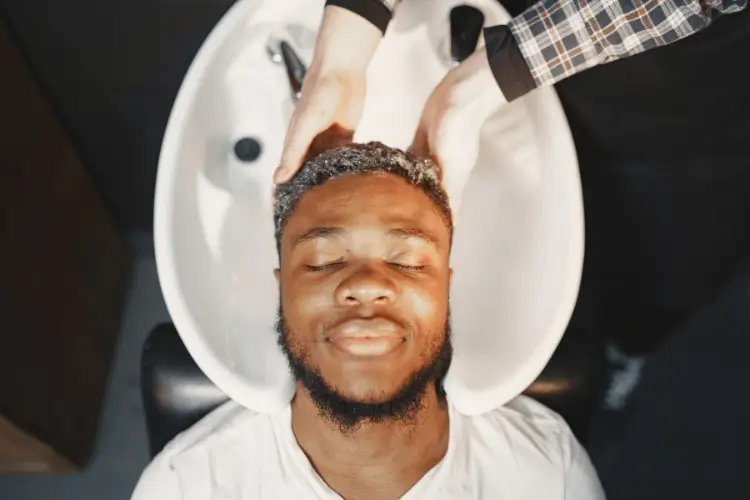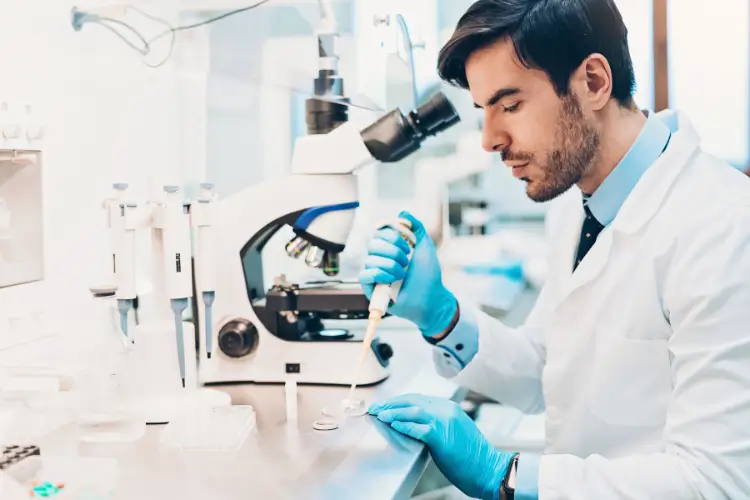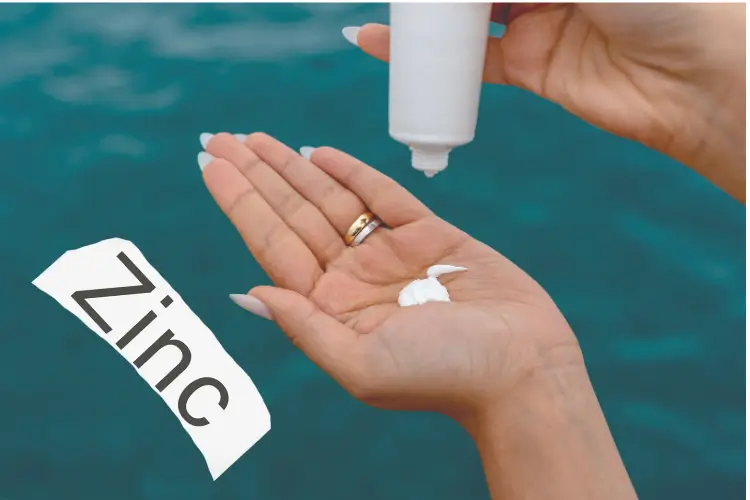Make no mistake. Mankind has been using different methods for hair straightening since time immemorial. The practice dates back to ancient Egypt where flat iron plates helped manage unruly hair.
As for the modern hair straightener or relaxer, the first-ever documented product was invented by an African-American man called Garrett Augustus Morgan. However, it was not a heat-based tool but a cream made using a mixture of guanidine carbonate and sodium hydroxide.
Later, technology-empowered companies to manufacture electric and heat-based hair relaxers (which became widespread in the 1950s). The main purpose at the time was to adhere to Eurocentric standards of beauty (which included straight locks). The hair straightener’s largest market was among Black women.
Today, women of all races choose to straighten their hair for better management, experimenting with new hairstyles and personal preferences. The only problem is that the seemingly innocent hair relaxer may be linked to a condition as serious as cancer. In this article, we will explore this connection in detail.
What are Hair Relaxers and How Do They Work?
Hair relaxers or straighteners are available in the form of lotions, creams, and heat-induced tools. These products work based on the principle of breaking down chemical bonds in the hair shaft. Only when the bonds are sufficiently broken can the hair be straightened permanently.
When it comes to achieving permanence (in hair straightening), there is hardly any product that uses zero chemicals. It is the different chemicals used in these relaxers that (when applied) make the curls appear more relaxed.
Chemicals Used in These Tools and Their Risks
The level of danger involved with a hair relaxer depends largely upon the chemicals it uses for the hair straightening process. One of the most hazardous chemicals found in these products is formaldehyde.
According to the National Cancer Institute, formaldehyde is a highly flammable chemical that is used as a preservative in medical laboratories and mortuaries. Plus, it is used as a fungicide and in building materials like plywood and particleboard.
The main problem here is that formaldehyde is a known human carcinogen. It has been found to cause cancers of the nasal cavity, blood, and nasopharynx. Then, other hair relaxers make use of lye or sodium hydroxide.
Though lye may not cause serious health injuries like cancer, it is still unhealthy. Being a strong alkali, lye can be extremely harsh on the hair strands, thereby leading to hair fall, dry scalp, and brittle shaft issues.
Active Federal Lawsuit against Hair Relaxer Manufacturers
Due to the presence of toxic chemicals like formaldehyde in hair straighteners, numerous women developed cancer of the uterus. A recent study by the National Institutes of Health (NIH) found that women who used hair relaxers frequently were at greater risk (4.06%) of developing uterine and breast cancer when compared to those who never used such products (1.64%).
The study was conducted on 33,497 women of ages between 35 and 74 (each followed up for nearly 11 years). By the end, 378 cases of uterine cancer were reported. These women used hair relaxers over four times a year.
In line with this study, thousands of women have developed cancers of the reproductive system. This is evidenced by the active hair straightener cancer litigation.
Women have filed this lawsuit against hair straightener manufacturers like L’Oreal and Revlon. It is alleged that these companies were aware of the health complications but continued to market their products as safe.
According to the update shared by TorHoerman Law, there are presently 8,217 lawsuits pending in this litigation. Moreover, attorneys are still accepting new filings in this lawsuit. The multi-district litigation structure will be used to consolidate all cases for more efficient trial proceedings and individual case outcomes.
Are Any Safer Alternatives Available?
In short, yes – safer or non-toxic alternatives for hair relaxers are available in the market. However, they may not be as effective as their chemical-based counterparts. For instance – non-chemical relaxers are gentler on the shaft and scalp and do not carry any carcinogenic risks.
These include keratin treatments, heat-based hair straighteners, and texture releases. Even no-lye relaxers are available that act more like a hair moisturizer. The only thing to keep in mind is that the straightening offered by these alternatives will not be permanent. They’re a temporary solution and must be done periodically to maintain results.
In conclusion, there is some good news in the form of a chemical ban. Yes, the Food and Drug Administration (FDA) has proposed a complete ban on formaldehyde in hair straighteners. This is undoubtedly the first lapse of victory for the plaintiffs.
It is also expected that trials will be held for fair hearings and settlement amounts. Up till then, women are advised against using chemical-based hair relaxers. They must switch to safer alternatives instead or stick to temporary straightening through heat-based straighteners.
However, the best thing to do would be to embrace one’s natural hair texture. Curly or coiled, all hair types must be flaunted with pride. In any case, it’s better than paying the heavy price for a life-threatening health condition.




